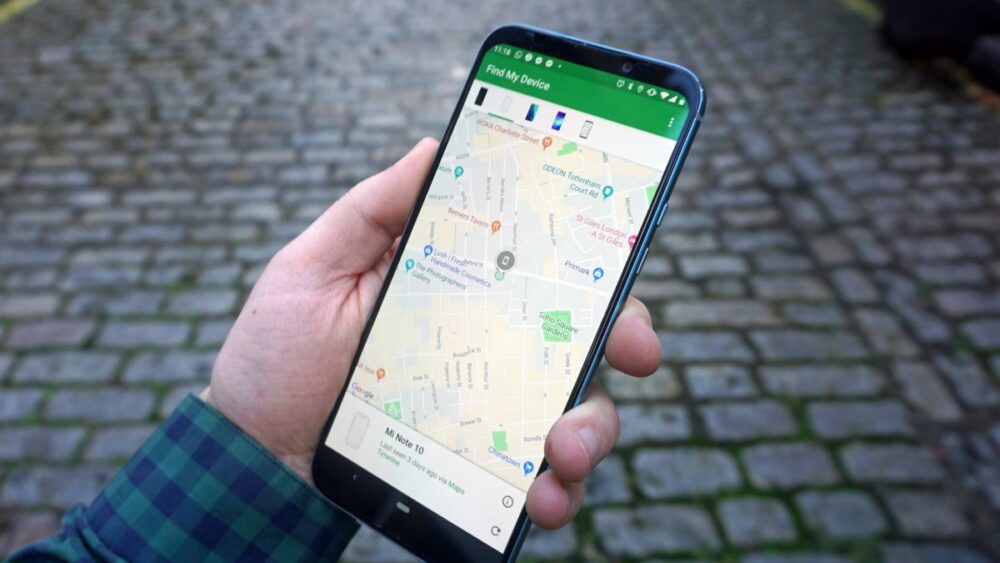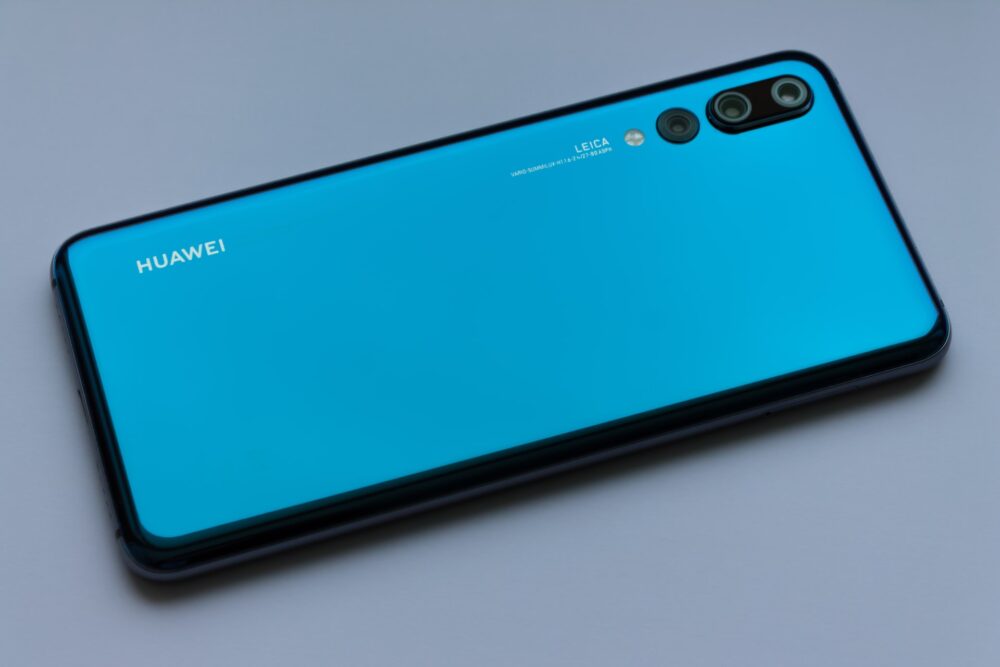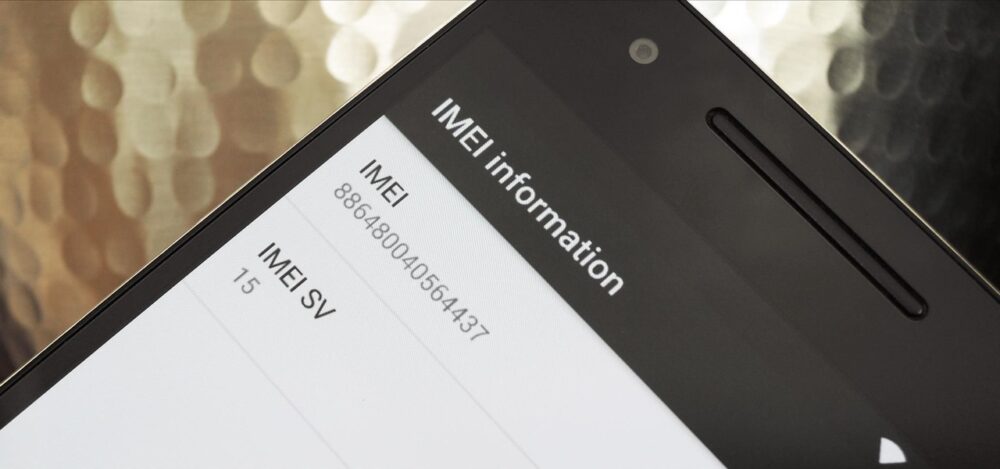Tracking an Android phone isn’t easy, but it also isn’t impossible. To be fair, most of the time, people associate tracking mobile devices with spying, but that does not necessarily have to be the case. You could just as easily track your own.
If you’re wondering why you would do that, you were probably fortunate enough never to lose your phone, so you probably don’t understand all the difficulties that arise when your phone goes MIA.
Financial loss aside, losing a phone is genuinely a traumatic experience. Our smartphones have become an integral part of our lives. We use them both for work and fun, and whether we like it or not – they’ve become a necessity. But, even if you don’t heavily rely on a smartphone, you still probably have a lot of pictures of your loved ones on your phone, or you have your credit card info stored on there somewhere etc.
Now that we know why losing a phone would be a disaster, we can finally understand why tracking can be beneficial. However, some of you still don’t know how to track an Android device, but fortunately – we’re here.
Today, we’re going to share with you the easiest ways to track an Android phone so that you never again have to worry about where your phone is, whether you’ve lost it, or whether someone had stolen it. Let’s begin!
1. Use Google’s Find My Device

Source: dignited.com
Arguably the easiest way to track your Android device is by using the built-in Google feature called Find My Device. Every modern Android device can take advantage of this, and quite frankly, it would be ludicrous not to use it.
Our advice to you would be to set up the Find My Device feature as soon as you set up your new device. So, as soon as you get your hands on your new phone and you set up your Google account, go to the Settings/Google/Security/Find My Device. This feature should be enabled by default, so don’t turn it off. And, if it’s turned off, click the toggle and turn it on.
From there, you’ll only need to do a simple set-up that should take no more than a few minutes, and you’ll be set.
And then, if you happen to misplace, lose or have your phone stolen, you’ll be able to accurately trace it from your computer or other device logged in into the same Google account.
Just remember, in order for this to work, you’ll have to have your Location setting turned on. Otherwise, you won’t be able to locate your device despite having set up the Find My Device feature. Having the Location turned on universally applies to all the following tracking methods we’re about to present to you. Without it – none of this matters.
2. Use A Third-Party Tracking App
Source: unsplash.com
Third-party tracking apps get a bad rep for no valid reason. These apps are incredibly useful and versatile, and most of them don’t require you to root your Android device – which is excellent. To be fair, back in the days, these apps were kind of shady, and they weren’t supported, so you did have to root your device in order for them to work, but nowadays, that’s a thing of the past.
Nowadays, all you have to do is go online, download the app, set it up, and you’re set. There won’t be any hidden expenses or things you need to be wary of. Also, since these apps are perfectly legal, all of them will be fully visible and will install just like any other regular Android app.
So, which third-party app should you choose? Well, our advice to you would be to take your time and do the necessary research to find the one that fits your needs. For instance, find-my-phone.org is one of the most popular options when it comes to these apps.
In most cases, these tracking apps will allow you to do a lot more than just ping the location of your smartphone. You’ll have access to things like geofencing, real-time tracking, and so on.
3. Use Manufacturer’s Built-In Software

Source: unsplash.com
Some smartphones from certain manufacturers will come with their own pre-installed location tracking software. So, there’s at least some use to this annoying bloatware manufacturer’s force upon you.
Let’s take a look at Samsung, for instance. Their app, or better yet, their built-in feature called Find My Mobile, works essentially in the same way Google’s Find My Device does, with the only difference being you won’t need to use your Google account credentials to set this one up. Instead, you’ll use a Samsung account.
Also, let’s take a look at Huawei, seeing how their devices no longer support Google services. With a Huawei device, you’ll have to rely on the Find My Phone feature, which you’ll gain access to through your Huawei ID. Setting up this one will be as effortless as the previous ones were. All you’ll have to do is log in to the Huawei cloud using your Huawei ID and enable the Find My Phone feature, and that’s it.
4. Use An IMEI Number

Source: bullfrag.com
Finally, you can track your Android phone using the IMEI number. However, we would not recommend you do this unless you absolutely have to. All three of the previous method are much more efficient, not to mention safer.
An IMEI number is something like your phone’s social security number. It is unique to your phone, and because of it, it can be used to track or ping your device’s location.
The reason we said you shouldn’t do this unless you absolutely have to is because this method also requires a third-party app, and a good number of third-party IMEI tracking apps aren’t the most trustworthy. And, seeing how the IMEI number is unique to your phone – some problems could arise if this number ends up in the wrong place.
Conclusion:
As you can see, tracking a phone is not only easy – but it’s somewhat essential. It could prevent you from losing your phone and everything on it, and it could also help you find and retrieve your phone in case it ever gets stolen.
In the end, we can only say we hope you’ve found this to be helpful.











